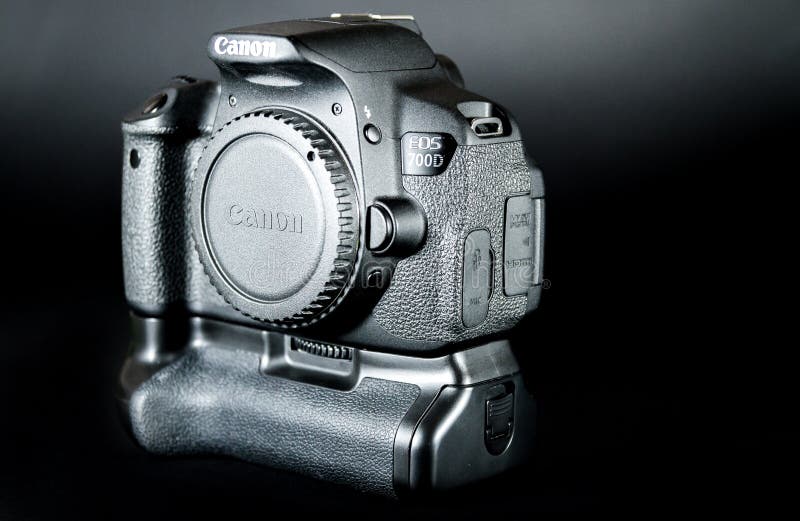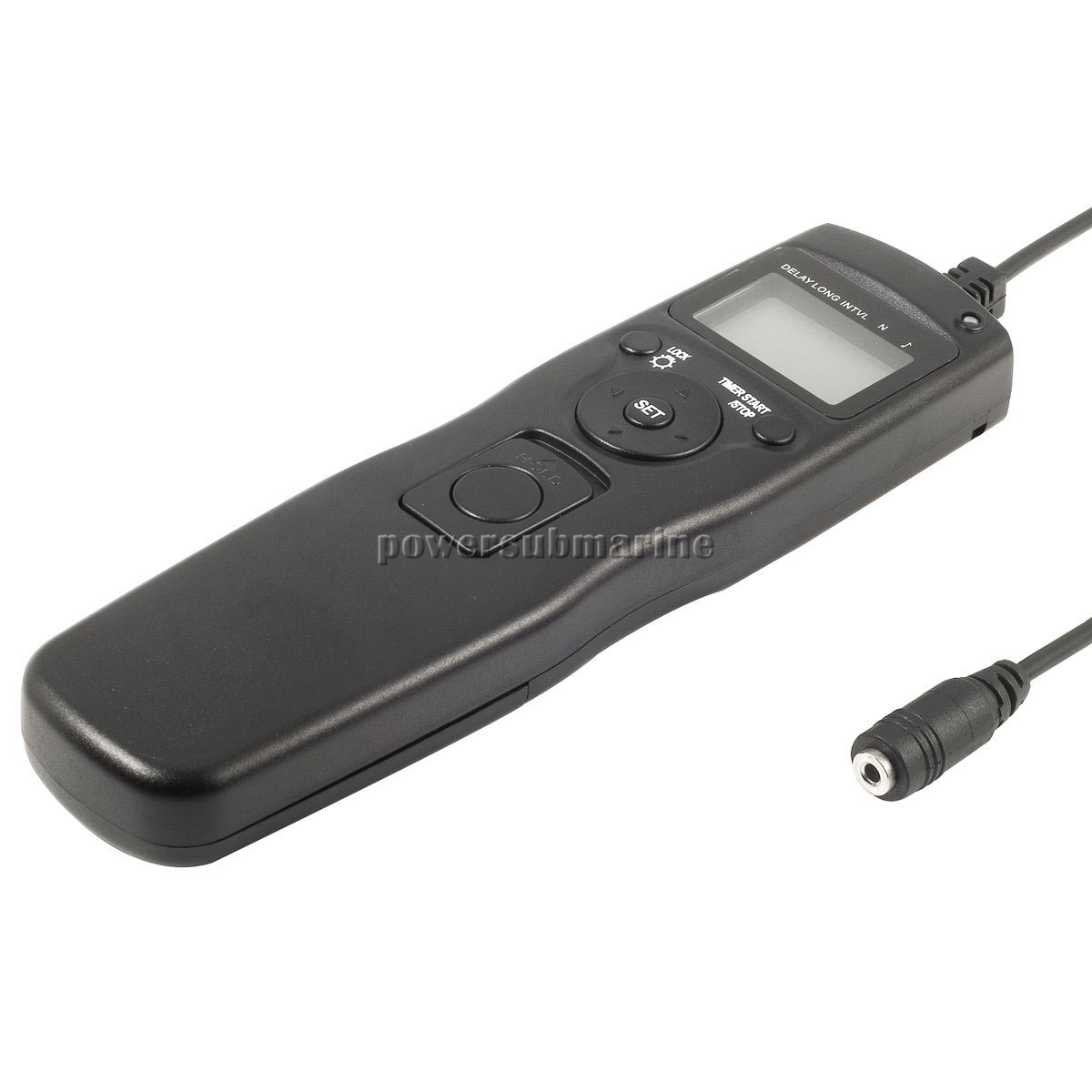

The difference between IPB (235 MB per minute) and All-I (685 MB per minute) is really hard to see when not doing any correction in post so don’t expect a huge difference when looking at the raw footage. It is easier to preserve a nice looking image that doesn’t fall apart just by pushing the levels a little bit. I knew from the 5D Mark III that when it comes to grading and color correction the All-I mode is the way to go: Less blocking and artifacts. As I said in the video the noise looks more like film grain and not so extreme digital like noise from the previous model. The All-I video compression is one of the best features of the Canon EOS 70D but the moiré/aliasing makes the images look rubbish again. Only 22 minutes of video footage will fit on there so a 32 GB is useful when shooting an interview. What I forgot to mention in the video is that the camera has only one SD card slot which can be a problem when filming in All-I mode for example on a 16 GB card. In the video review below I talk about the auto focus, the touchscreen, low light performance and the video quality in general. In the end I haven’t had the time to check them all out but the most important thing to me was the video mode and not the photo mode.

So I rented the crop sensor DSLR for a week to have a look at this new AF mode and all the other features. After the T5i (700D) release I was disappointed but realized that Canon can’t release a camera that has the video features of the 5D Mark III for just 700 $.Īfter seeing a few videos of the new auto focus feature I thought maybe the 70D has something that’s worth testing. Canon called it a game changer but when looking at the specs it didn’t seemed to be one.

When I first heard about the Canon EOS 70D I didn’t know I should feel about it.


 0 kommentar(er)
0 kommentar(er)
